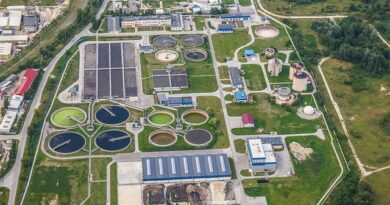How Cities Can Prepare Now to Meet New PFAS Drinking Water Regulations
With the Biden Administration finalizing new PFAS drinking water regulations for municipalities, local leaders should start collaborating with their water utilities. Both parties need to plan how to upgrade their water systems to detect and remove these toxins if they exceed the U.S. Environmental Protection Agency’s (EPA) limits. The new regulations take effect on June 25, 2024, giving local governments until June 25, 2027, to meet initial monitoring requirements and until June 25, 2029, to comply with treatment requirements.
According to the NLC,
How Municipalities Can Prepare Now
1. Start discussions with water utility leaders
Regardless of whether your community owns or operates your own water utility, the first place to begin is by talking with water treatment plant managers. In the case of many municipalities, the utility may be shared with several jurisdictions, which could present unique opportunities and challenges.
2. Test the water
Knowledge of PFAS chemicals and the ability to test for PFAS has increased in the last decade. Local leaders should test their water in multiple locations to determine if and where PFAS chemicals exist and how they compare to the level set by the EPA. This will help determine what technology and treatment may be necessary to comply with the new standard.
3. Identify funding sources
A common trend among many municipalities for addressing PFAS drinking water contamination is to tap into funding from the Drinking Water State Revolving Fund (SRF), as well as settlement money from class action lawsuits.


